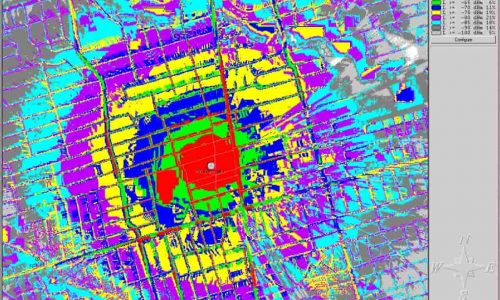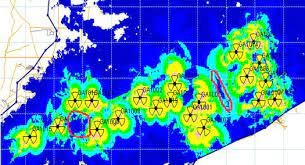TETRA is continually evolving, with a rich range of additional capabilities meeting the increasing needs of its users. In the same way as cellular systems have developed to add higher speed data services, TETRA has also evolved with the introduction of TEDS (TETRA Enhanced Data Service) giving a significant increase in wideband data capability.
During this time cellular systems have moved through two generational shifts from 2G to 3G/HSDPA and now to 4G/LTE. With each step, data speeds have increased and now are much faster than is possible in TETRA even with TEDS. Some operators and prospective customers for TETRA are migrating to LTE for broadband data services. This course discusses the potential for migration to a broadband data service which will still provide the necessary capabilities for public safety and critical users, working with TETRA’s
unrivalled voice capabilities
EXPECTED ACCOMPLISHMENTS
On completing this course, participants will be able to:
- Identify current and future Public Safety Spectrum
- Outline the LTE Public Safety Requirements and Architecture
- List all the LTE Public Safety Radio Functions
- Explore the different organizations behind PMR Standardization
- Step through the different LTE Scenarios for Public Safety
- Differentiate between public mobile networks and private mobile networks
TARGET AUDIENCE
Managers, Engineers, and Technicians involved in the planning, deployment and maintenance of professional mobile networks
COURSE DETAILS
Requirements & Markets
- Review of Public Safety Requirements
- Broadband Applications & Requirements for Public Safety
- Public Safety TETRA and LTE Markets
Introduction Architecture & Interfaces
- Overview of TETRA and LTE Architecture and Interfaces
- Overview Evolved Packet Core Entities and Functions
- EPC Interfaces
- LTE Quality of Service Architecture
Frequency Bands & Available Spectrum
- Current and Future LTE and Public Safety Spectrum
- Dynamic Spectrum Allocation
Overview LTE Technology
- LTE Introduction, History and Evolution
- LTE Physical Channel and Transport Channel
- Physical Signals, Up- and Downlink Frame Structure
- Random Access, RRC Connection Setup andInitial Attach
- Setup of Dedicated Bearer and Handover
- Overview of LTE-Advanced Features and Technologies
- UE Capabilities and Performance
Enhanced Multi-media Broadcast Multicast Service
- eMBMS Introduction, History and Evolution
- eMBMS Channels, Unicast/Multicast Multiplexing using MBSFN Frame Structure
LTE Services
- Packet Switched Data
- Voice over LTE (IMS)
- Circuit Switched Fallback
LTE Public Safety Requirements and Architecture
- GCSE (Group Call Service Enabler)
- ProSe (Proximity Based Services)
- IOPS (Isolated E-UTRAN Operation for PS)
- MCPTT (Mission Critical PTT over LTE)
- Availability & Resilience
- Security & Encryption
LTE Public Safety Radio Functions
- Public Safety High Power UE for Band 14 for Region 2
- LTE Discovery and Proximity Detection
- LTE D2D Transmission (LTE Direct)
- LTE D2D Channels, Protocol and Procedure
- UE to Network Relay Function
Standardization & Organizations
- 3GPP, OMA, ETSI TCCE
LTE Scenarios for Public Safety
- TETRA Network with Public/Private LTE Network
- TETRA over LTE Network
- Public Safety LTE Network with VoLTE
Public LTE Networks versus Private LTE Networks
- LTE Public Safety Functions













